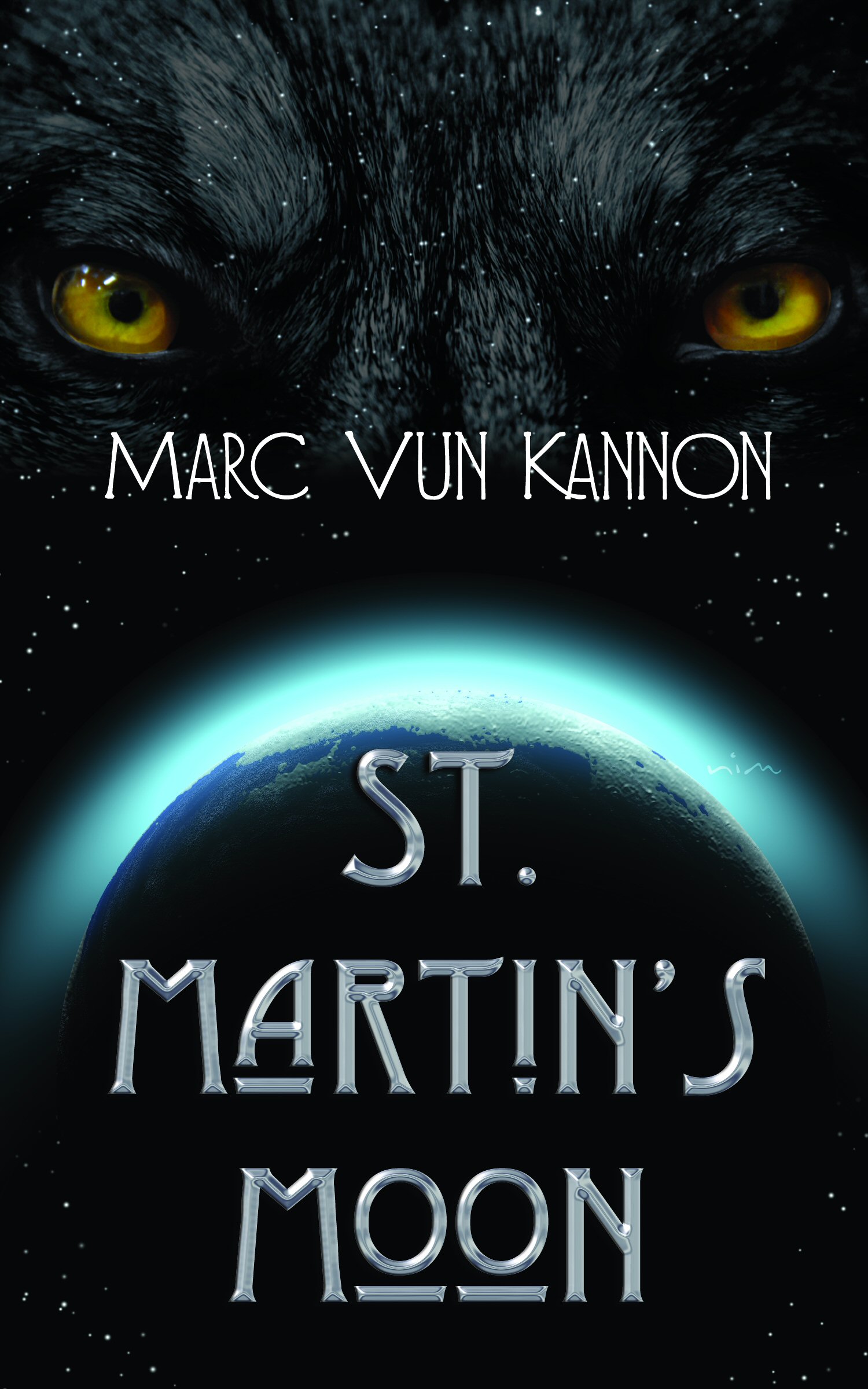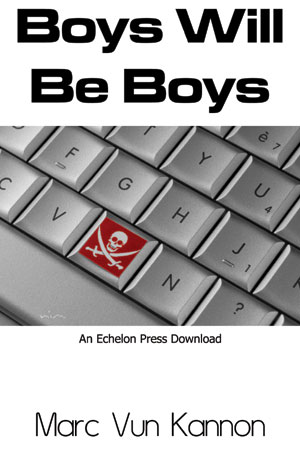Go with the Flow
Posted on: September 21, 2010
- In: Craft
- 6 Comments
What is the Flow, you ask?
Well, probably you didn’t ask. In fact I’ve mentioned the flow several times lately, and most people seem to know what I’m talking about, but no one has ever talked about it directly so I’m going to now.
My son and I were talking about editing last night (no joke, he’s an editor with my publisher and they issued some new directives, and no he doesn’t edit my work). I had just suggested naming a character OK just to drive them nuts. Then I pointed out that the only real reason to depart from rules like these was to preserve the flow of the story. I also came up with color and flavor as story attributes but they’re even less definable than flow so I’ll save them for a separate post.
Color and flavor are attributes of the story, flow is an attribute of the telling of the story. Flow is the way the words work together to make a sentence. In part it’s simply good grammar and in part it’s mechanics. How many times in editing have you been told to get rid of the WAS and WERE and HAD and lots of other small common words. There’s a reason they’re there. Without all the small common words our sentences are just big clunky ones all lined up together. That won’t work any more than a body without joints or tendons.
It’s true that they can be overused. There can be too much flow in a story, which paradoxically does not equate to dynamism. It equates to dissipation. When the flow dissipates it doesn’t carry the reader along, he has to get out his oars and that’s not a good thing. A little work on the reader’s part is good, I think, but we don’t want to make them do the heavy lifting any more than we want them to feel totally uninvolved. The most they should have to do is steer, and for that you need to have a good flow to move the boat.
Every verb in a story cannot be in the past perfect form, but that doesn’t mean that no verb should be. Sometimes the flow of the story calls for ‘he did it’, sometimes it feels better to say ‘it was he who had done it.’ Do I know when? If it’s my story I do. ‘He did it’ is a short and choppy sort of sentence, and you need those in short and choppy places. Does this mean I’m always right? No it does not. Sometimes a story needs to move along in a smooth glide, but sometimes it needs rapids, or even a falls, and some authors may find some flows more suitable to their temperaments than others. That’s where editing comes in.
Editing can never be a mechanical process any more than the writing was. It’s easy enough to highlight all the instances of a word in a manuscript, but which ones do you remove? The issue in editing is to find the right alternative flows, to point out the need or the opportunity for one and let the author take it from there. Sometimes the story needs more explication, not less. (That happened to me with my first book. The editor didn’t see the need for a section which I knew was going to be crucial not only to the book but to the series. But I had left out the flow, the sense of connection, that would let the reader see this. Or the entire half page I removed in favor a two words, shorter and sweeter and much more to the point.)
A good example of what I mean is in the very first line of my very first book:
“He was called Thranj, which meant nothing, and he was a god, which meant everything.”
The first ‘was’ is an auxiliary to ‘called’ and can be dispensed with, except that the second ‘was’ is the main verb of its clause. On simple mechanical grounds the first ‘was’ should go, but I kept it in order to maintain the symmetry, the poetic connection, between the two halves of the sentence. Another example I thought of while writing this sentence is that of pronouns v. descriptive phrasing, and which to use in a particular place.
Have I explained Flow? Probably not. Do you know what I’m talking about? Almost certainly.
6 Responses to "Go with the Flow"
It is a delicate relationship between author and editor. I am both. When I have my editing hat on I try not to mess with the author’s voice and I look for things like overused words that might mess with the flow of the story. I will make suggestions, but it is ultimately up to the author as to which of these words to change or delete.
‘Was’ and ‘were’ are among words that can be overused, but sometimes they work fine. It depends on what the author is trying to say. When I am editing my own work, I will do a search for these words and if I can write the sentence better with a different word, then I will, if not, I leave it.
LikeLike
It does help to have a pair of fresh eyes look at the manuscript. I discovered that reading the manuscript backwards helps to see things I wouldn’t normally see. Isn’t that weird? I start from the end and work my way to the beginning by reading small sections at a time. I think it’s because I am looking at it out of context. Another writer suggested changing the background color to help ‘see’ errors. Haven’t tried that yet.
LikeLike
Cool blog, I hadn’t come across authorguy.wordpress.com previously in my searches!
Carry on the good work!
LikeLike










September 22, 2010 at 5:55 pm
You have nailed one of the tensions between the author and the editor. An editor, whether he/she writes or not, is only as good as his/her grasp of the English language and grammar, as well as having a strong feel for the flow of any story. Unfortunately, this is not something people are necessarily born with – it comes from practice, hard work, studying grammar, and working with a wide variety of authors.
It’s too easy to simply highlight words in a manuscript and tell the author/editor team to ‘get rid’ of them. What is not so easy is working with the author to remove or modify the ones that slow the flow, make the telling tedious, or detracts from the story.
While some may become obsessive about ‘getting rid’ of certain common, sometimes weak, words, a good editor will go through the manuscript and assist the author in changing only those that do not enhance the overall story. The trick, for the experienced editor, is to do this while acceding to the wishes of the one who highlighted the words and yet, not irritating the author needlessly by demanding changes to the story (the author’s ‘baby’). Words can be changed without affecting the story and the flow, but it must be done carefully and thoughtfully.
LikeLike